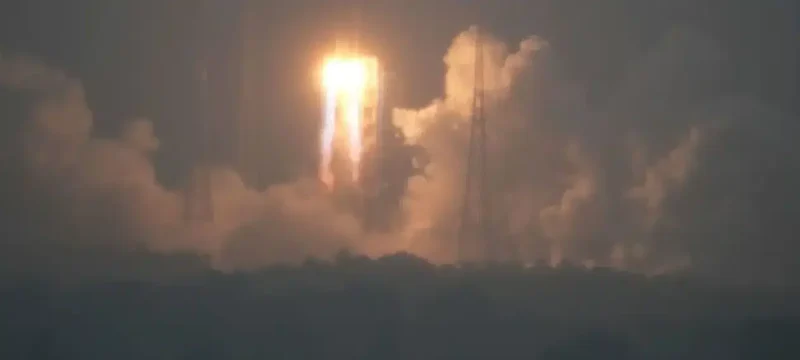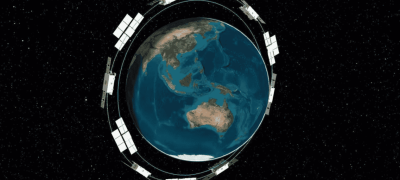China has achieved a significant milestone in space exploration by successfully landing its uncrewed spacecraft, Chang’e 6, on the far side of the Moon, an area that remains largely unexplored. The China National Space Administration (CNSA) confirmed that the spacecraft touched down in the South Pole-Aitken Basin at 06:23 Beijing time on Sunday morning (22:23 GMT Saturday). This mission, launched on May 3, aims to collect rock and soil samples from this region for the first time in history.
The landing site, the South Pole-Aitken Basin, is a massive impact crater that might contain some of the Moon’s oldest rocks. The mission’s success is particularly noteworthy given the complexities involved in communicating with spacecraft on the Moon’s far side. This is the second time China has achieved such a feat, following the Chang’e 4 mission in 2019.
After its launch from the Wenchang Space Launch Center, Chang’e 6 orbited the Moon before its lander component separated from the orbiter to make the descent. The lander used an autonomous visual obstacle avoidance system and a visible light camera to identify a safe landing area, hovering about 100 meters above the surface before making a slow vertical descent. This operation was supported by the Queqiao-2 relay satellite.
Also Read: China Lands on Moon’s Far Side in Historic Sample-Retrieval Mission
The successful landing was celebrated as a historic moment, with applause erupting at the Beijing Aerospace Flight Control Center. Over the next three days, the lander will gather about 2 kilograms of lunar material using a drill and mechanical arm. This mission is expected to involve numerous engineering innovations and is described as high-risk and highly challenging by the CNSA.
Professor John Pernet-Fisher, a lunar geology expert at the University of Manchester, highlighted the significance of this mission. Analyzing rock from the Moon’s far side could provide answers to fundamental questions about planetary formation, crust development, and the origin of water in the solar system. The rocks collected from this region are expected to have a different chemistry compared to the volcanic rocks previously gathered, offering unique scientific insights.
The mission’s success could pave the way for further lunar exploration. The Moon’s South Pole, which likely contains ice, is particularly attractive for future missions due to the potential for water, which is crucial for establishing a human base for scientific research. If the mission succeeds, the samples will be returned to Earth in a special return capsule and kept under conditions to maintain their pristine state. Initially, Chinese scientists will analyze the samples, with international researchers having the opportunity to apply for access later.
China’s lunar strategy includes three more uncrewed missions this decade, focusing on finding water and investigating the feasibility of a permanent lunar base. Beijing aims to have a Chinese astronaut walk on the Moon by around 2030. Meanwhile, the US also plans to return astronauts to the Moon, with NASA’s Artemis 3 mission targeting a 2026 launch.







